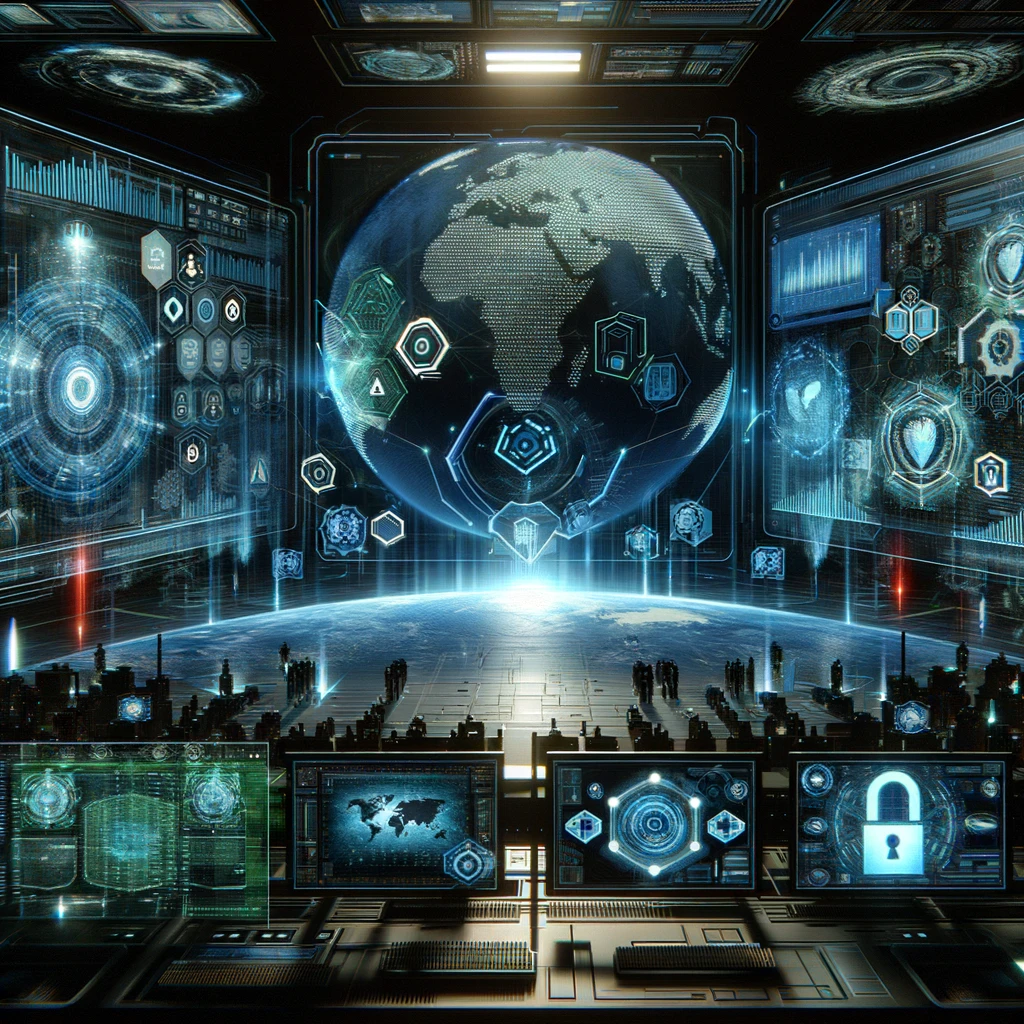Virtual Reality (VR) and Augmented Reality (AR): Blurring the Lines Between Digital and Physical Worlds
Virtual Reality (VR) and Augmented Reality (AR) are at the forefront of digital innovation, blurring the lines between the physical and digital worlds. These technologies are creating immersive environments where digital and physical elements coexist and interact in real-time, reshaping how we perceive and interact with our surroundings.
Virtual Reality (VR) immerses users in a completely digital environment, typically through a headset. This technology creates a simulated world, offering an escape from reality and enabling experiences that range from gaming and entertainment to virtual tourism and education. VR’s immersive nature allows users to explore virtual landscapes, interact with digital objects, and experience scenarios that would be impossible or impractical in the real world.
Augmented Reality (AR), on the other hand, overlays digital information onto the physical world, enhancing reality rather than replacing it. Through devices like smartphones, tablets, or AR glasses, users can see the real world augmented with digital elements such as images, data, or animations. This integration has practical applications in various fields, including education, where AR can bring historical events to life, in healthcare for enhanced medical training, and in retail, offering virtual try-ons and interactive shopping experiences.
The convergence of VR and AR is leading to the development of Mixed Reality (MR), which combines the best of both worlds. In MR, users can interact with digital and physical objects simultaneously, offering a seamless blend of realities. This technology is advancing rapidly, driven by improvements in hardware, like lighter and more powerful headsets, and software, such as more intuitive and interactive applications.
The impact of VR and AR extends beyond entertainment and gaming. In the educational sector, these technologies offer innovative teaching methods, enabling students to explore complex subjects in an interactive and engaging manner. In industry, VR and AR can facilitate complex machinery operations, maintenance training, and design, enhancing efficiency and safety. Meanwhile, in healthcare, they offer revolutionary approaches to surgery, therapy, and patient care.
Despite the promise, the adoption of VR and AR faces challenges. High costs, technological limitations, and the need for widespread user acceptance are significant hurdles. However, ongoing advancements are making these technologies more accessible and practical for broader applications.
Summary
VR and AR are transforming our interaction with the digital and physical worlds, offering immersive experiences that enhance entertainment, education, industry, and more. Their convergence into mixed reality promises even greater integration and innovation in the future.
Conclusion
As VR and AR technologies continue to evolve, they will further blur the lines between the digital and physical worlds, revolutionizing how we live, work, and play. Embracing these technologies offers a glimpse into a future where our digital and physical realities are seamlessly intertwined.




Post Comment